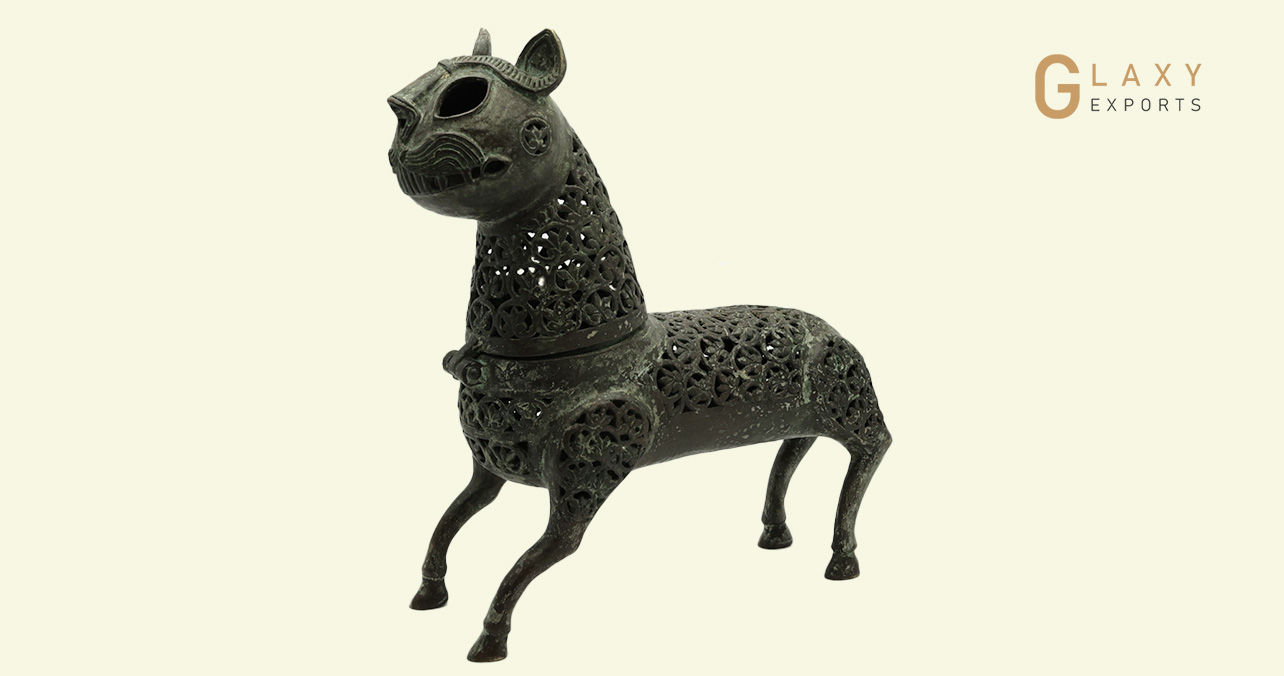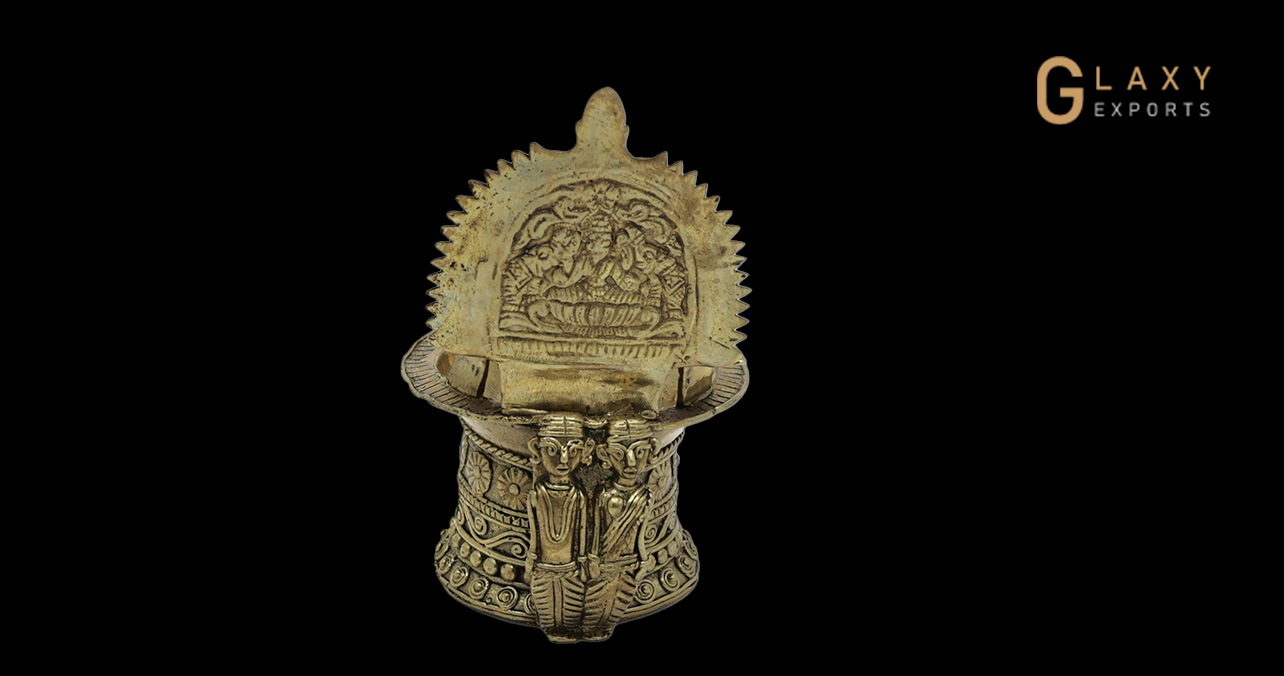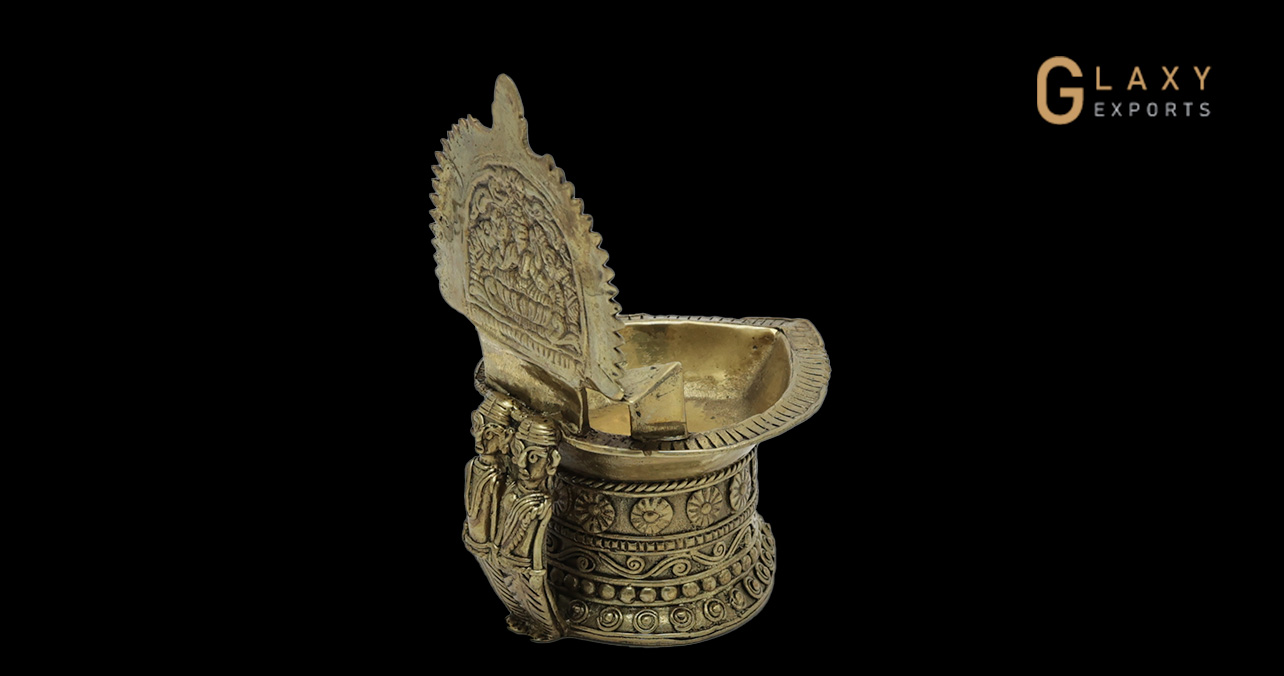Find out our works
Our Products
Deepam of Devi
Many millennia before recorded history in the Eolithic, Paleolithic and the Neolithic eras- Man, like the other species, lived in cave and forest. He wondered about hunting and when no game was killed, he ate such wild fruits and roots as were available to satisfy his hunger. He seldom could venture out after sunset. Darkness was to him a demon and the Sun, the giver of light, a deity.
With the passage of time, he made another discovery, fire. Fire, he found, was light giving and life-sustaining Man, therefore, saw fire as a deity as Agni.
The Rigveda gives the greatest importance to Agni. He is next only to Indra, his twin brother. The terrestrial flame, the serial flash and celestial globe are the three forms of Agni. Born of arenes, i,e igniting sticks, this god banishes darkness, frightens the demons and invokes the light. He is the supreme counsellor, ancient but eternally young. The Rigveda describes Agni as the only master of the house and village and of sacrifice. He has flaming teeth, ghee and wood are his food. He is omniscient (jatavedasa), a poet, an immortal mediator (duta) between man and the gods. He conveys to them the Yajna offerings and he upholds domestic life. Vedic literature is full of prayers to Agni.
In the epic Ramayana, the whole town of Ayodhya was lit with lamps to welcome Lord Rama along with wife Sita and brother Lakshmana after defeating Ravana which symbolizes positive power.
Lamps are playing vital part in our Sanatan Dharma. From the olden days since Vedic Period, lamps are used in India in every occasion and our Indian Heritage and Culture is mixed with lamp, where few countries can vie with India in the wealth of imagery and symbolism built around lamp.
As flaming lamp is the immortal mediator between man and the gods and as it is a must for every house, so, I have made this rare form of ancient lamp in brass (apart from this, I have prepared so many designs in lamp) for regular use.
Size(cms) – L-10, B-8, Wt- 430grms. Metal - Brass.
Get a QuoteOur Other Dokra Products
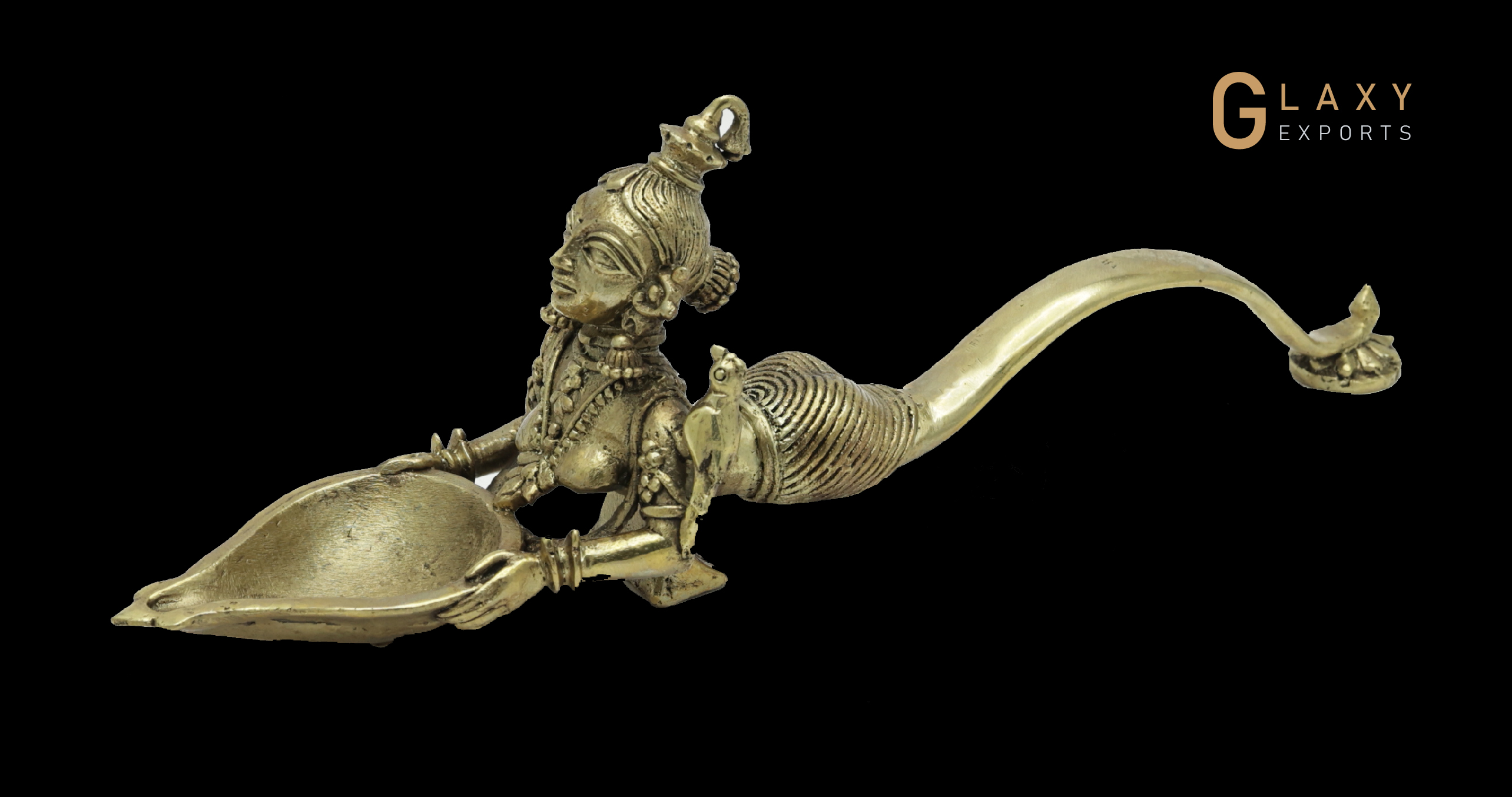
Votive Lamp
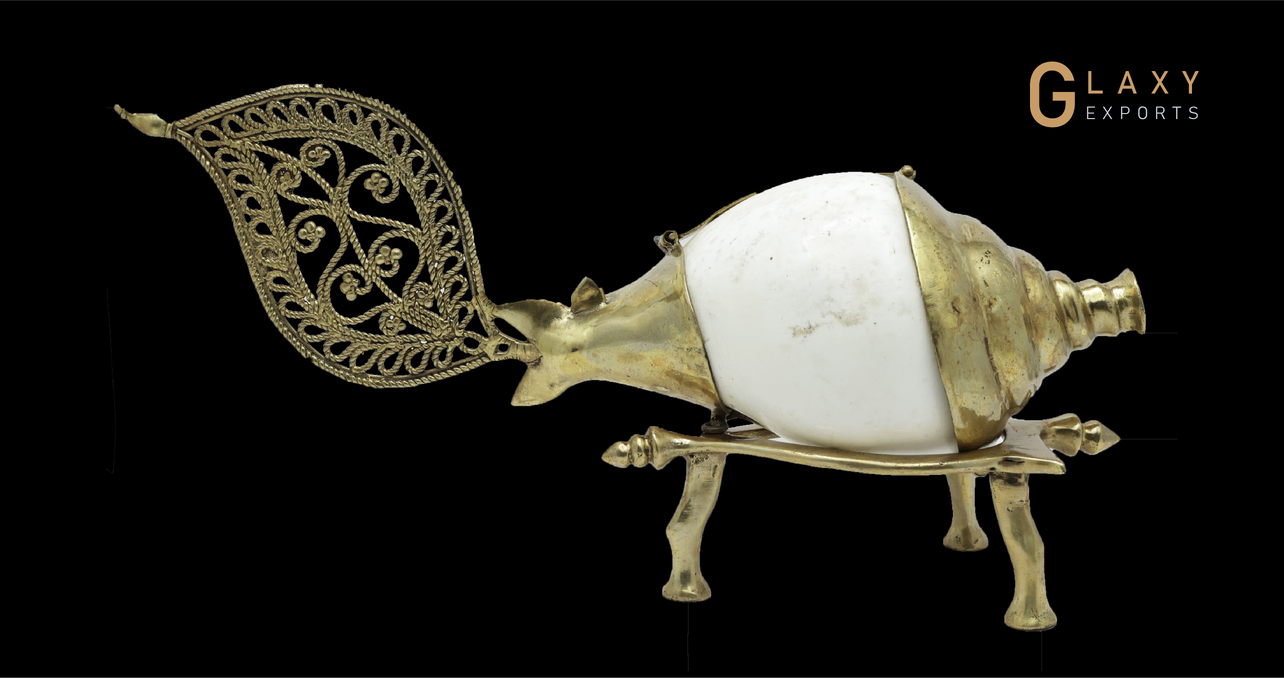
Sankh

Antiquity Trinket Box

Drishti Ganeshas
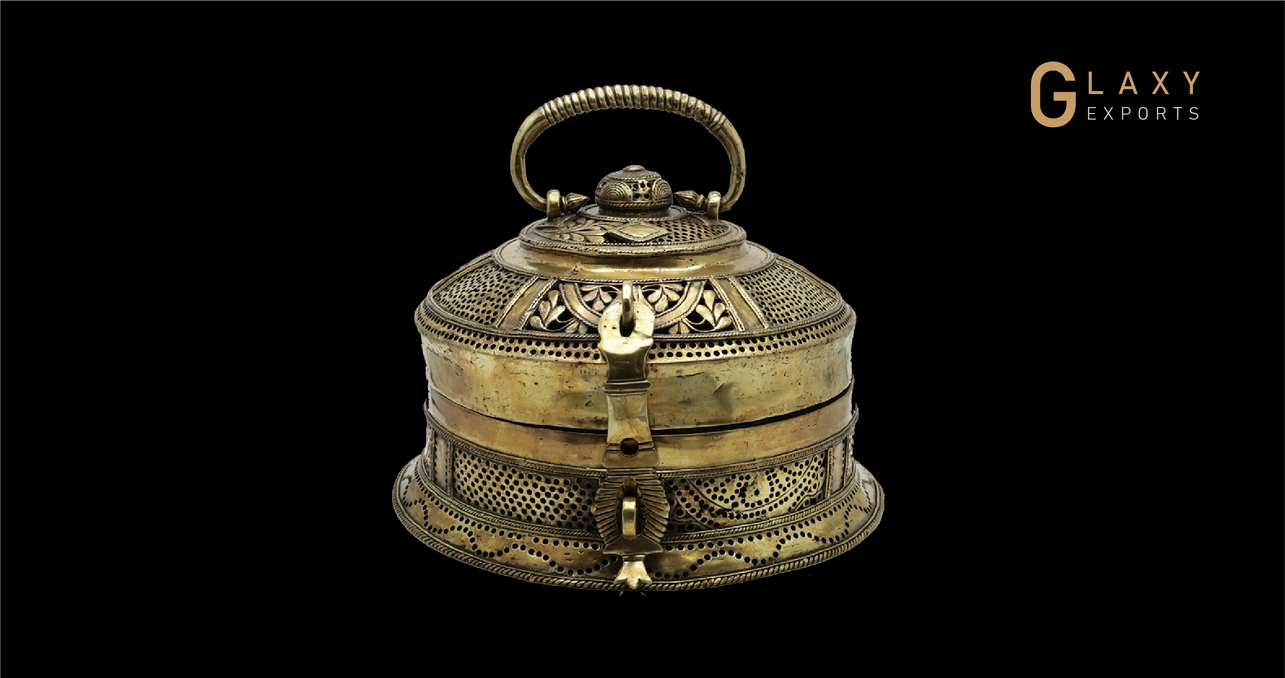
Petit Cabinet de Curiosities
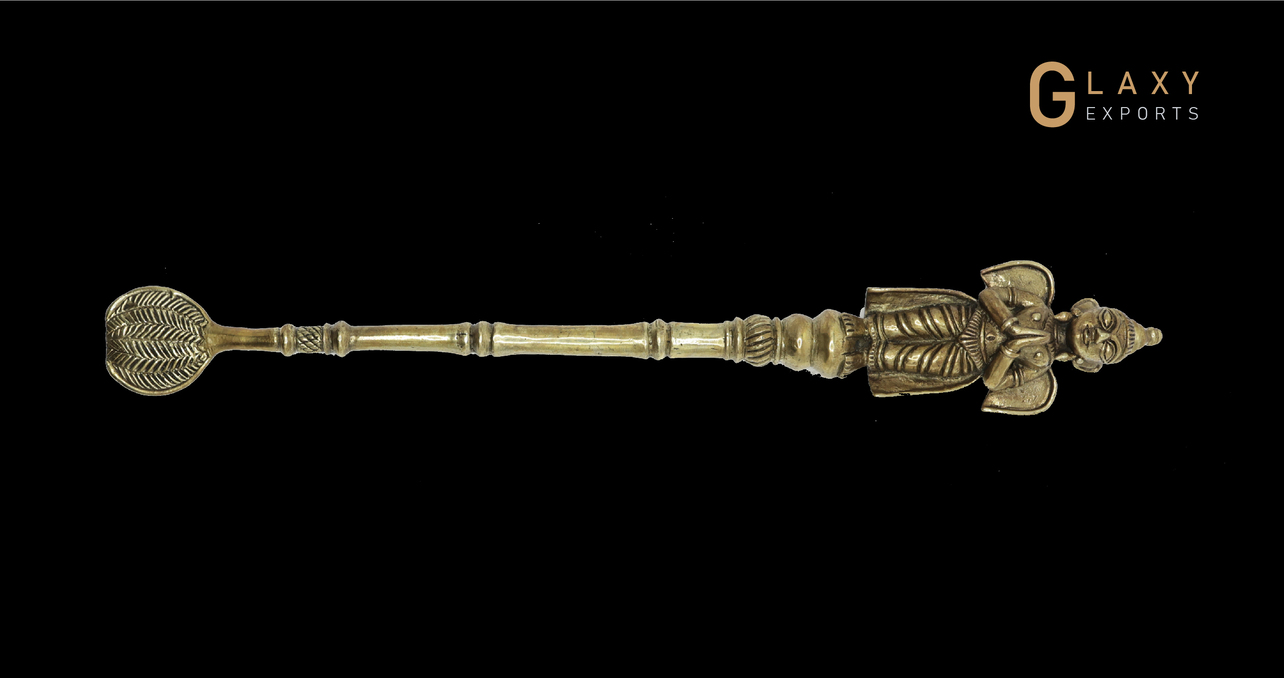
Lime Stick
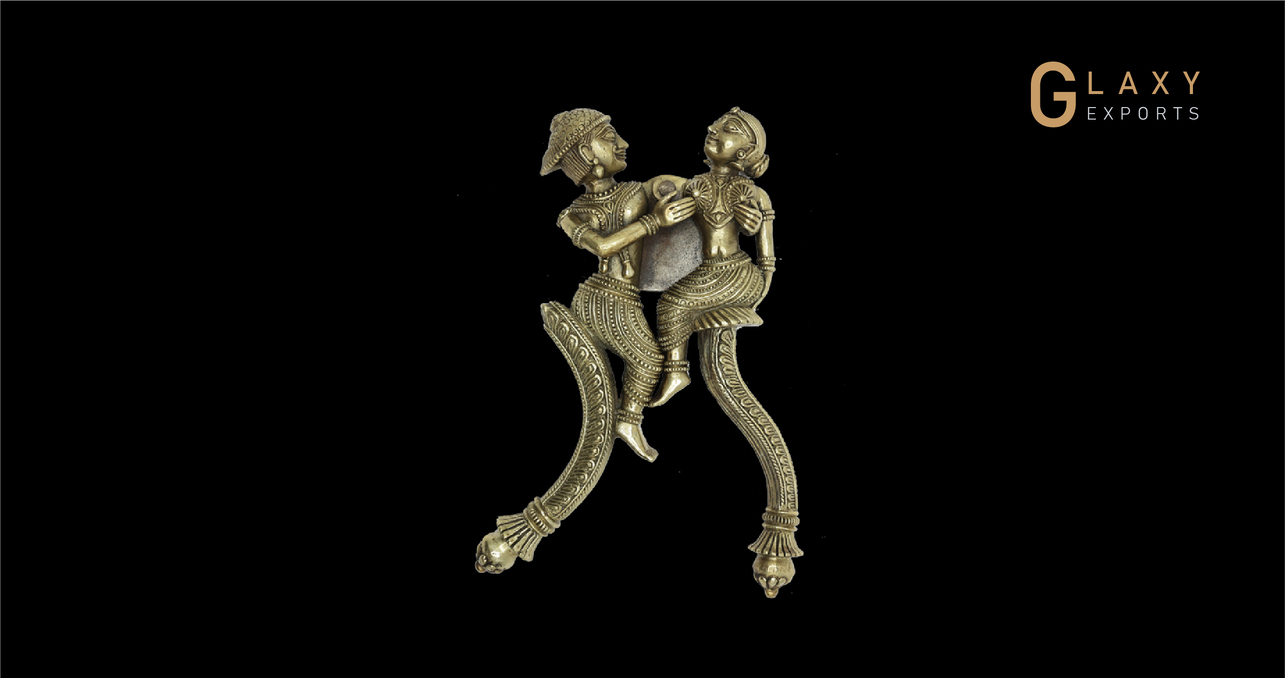
Betel nut Cutter
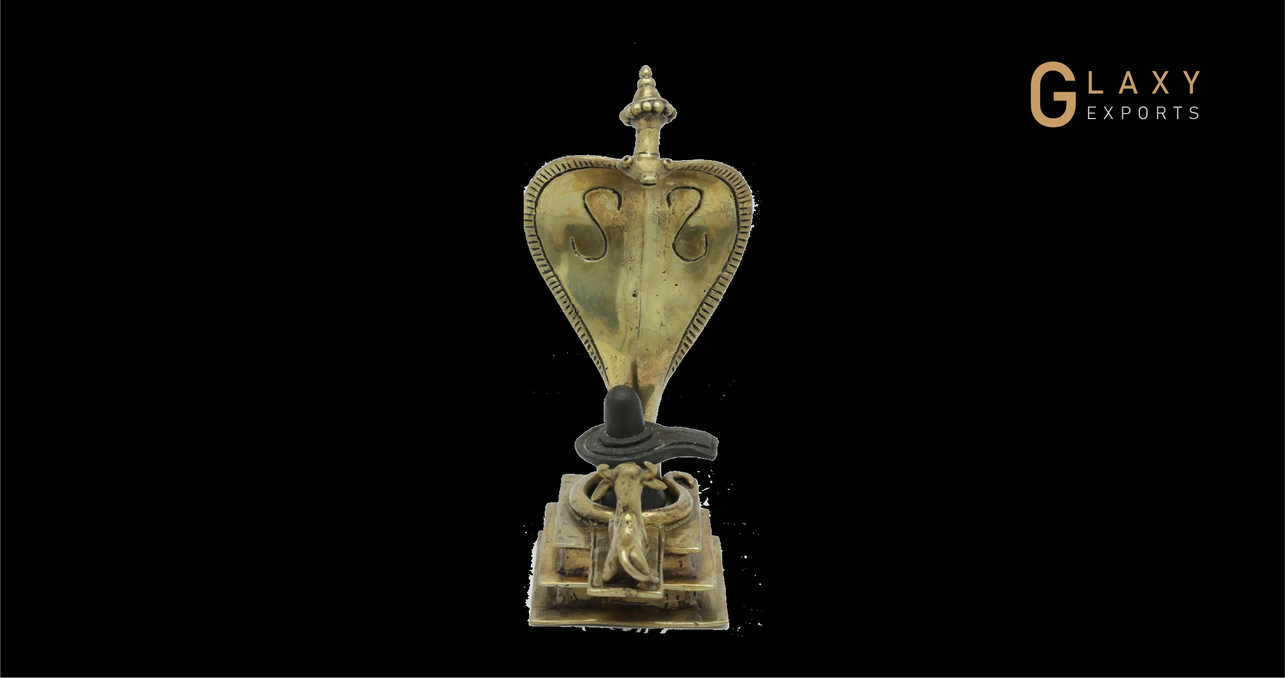
Shiva Lingam
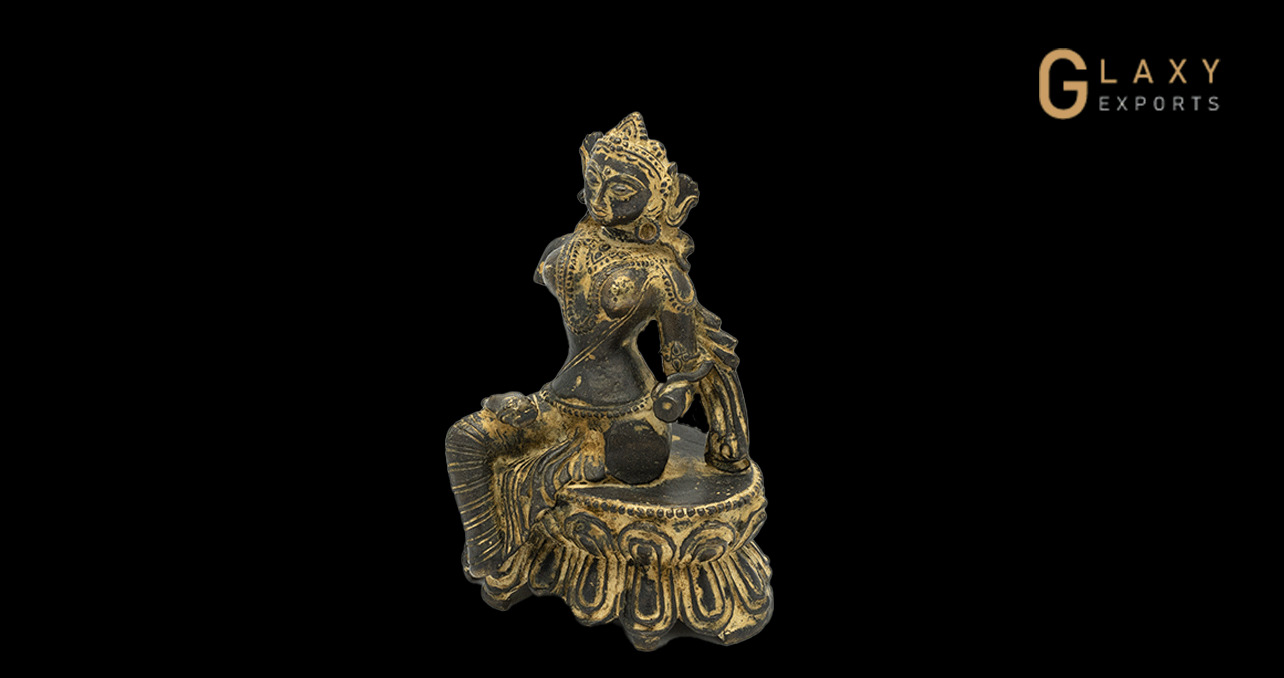
Tara / Shakti
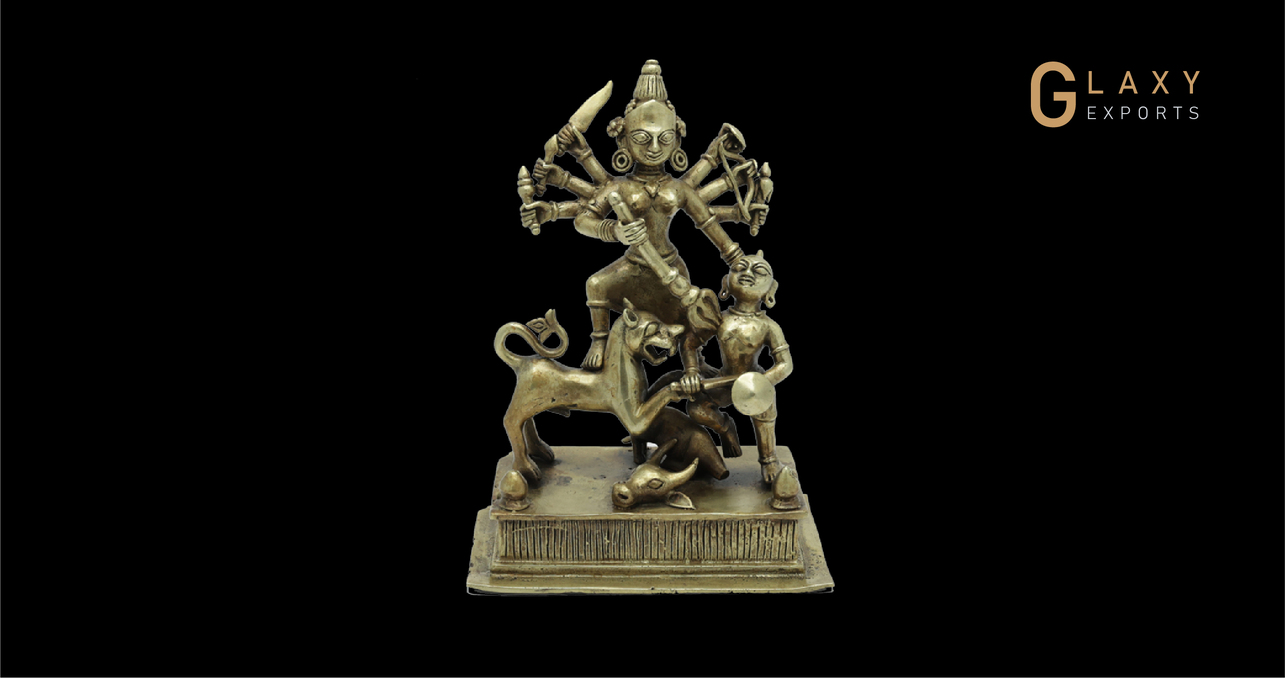
Mahisasurmardini

Mahisasurmardini
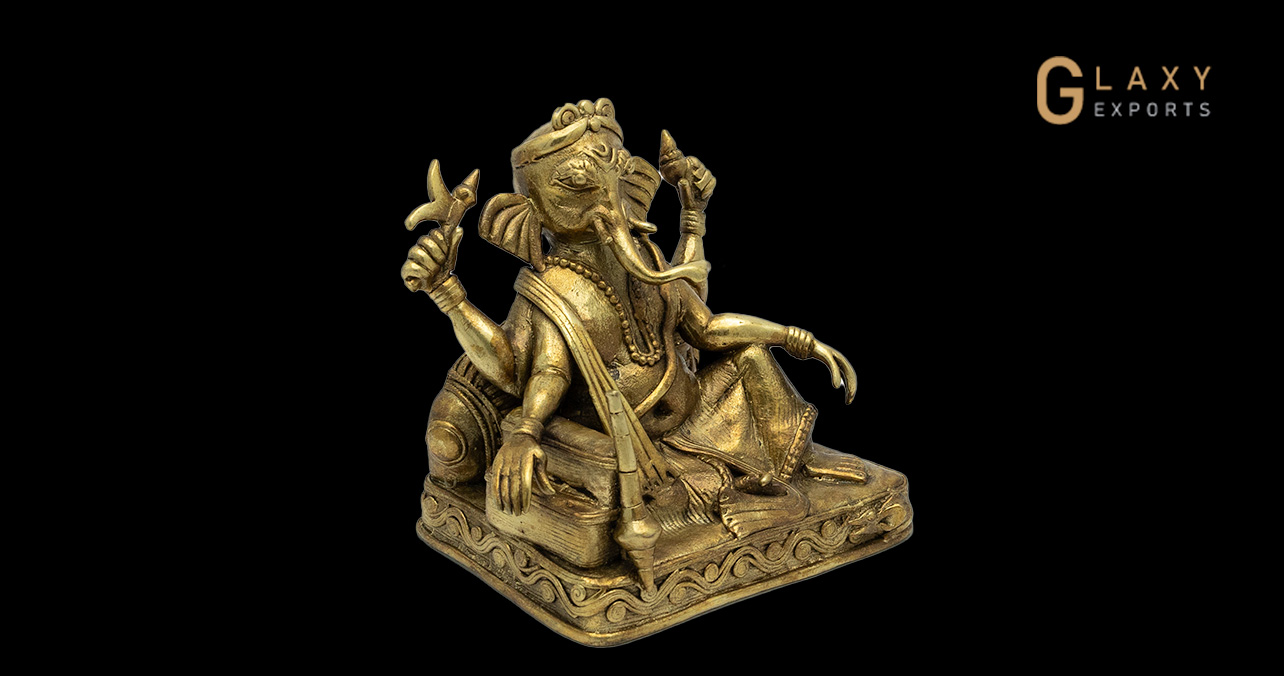
Babu Ganesha
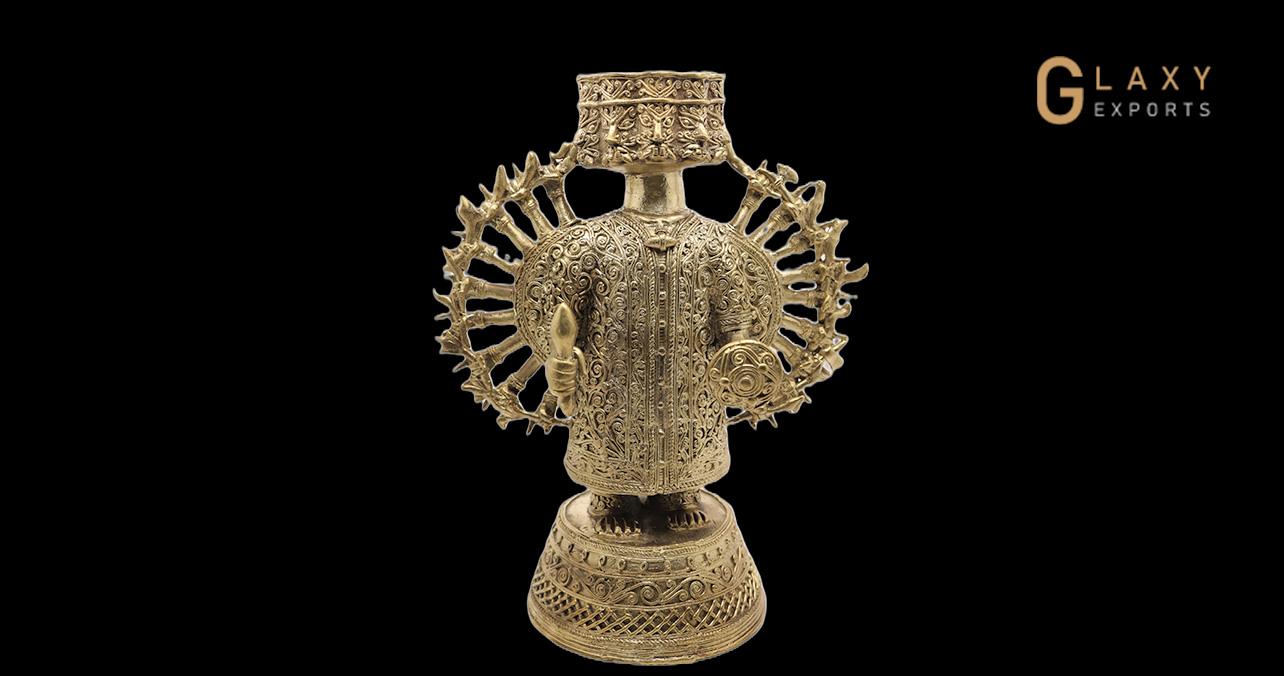
Ravana
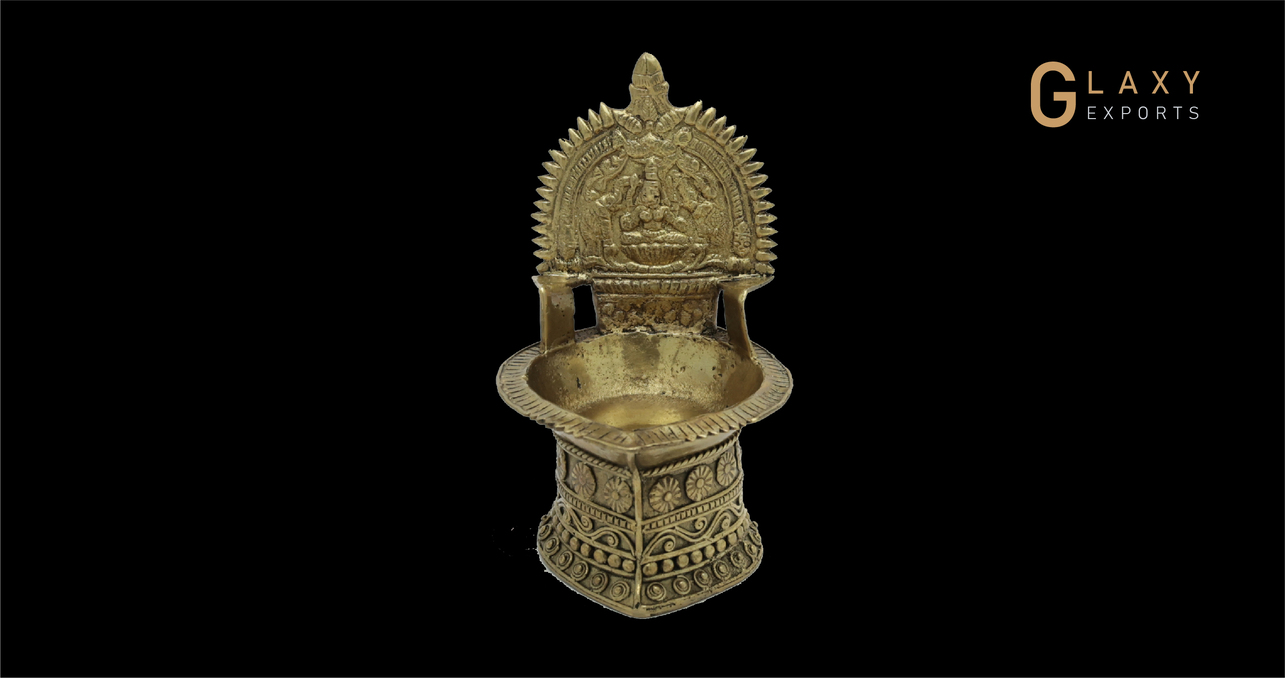
Deepam of Devi
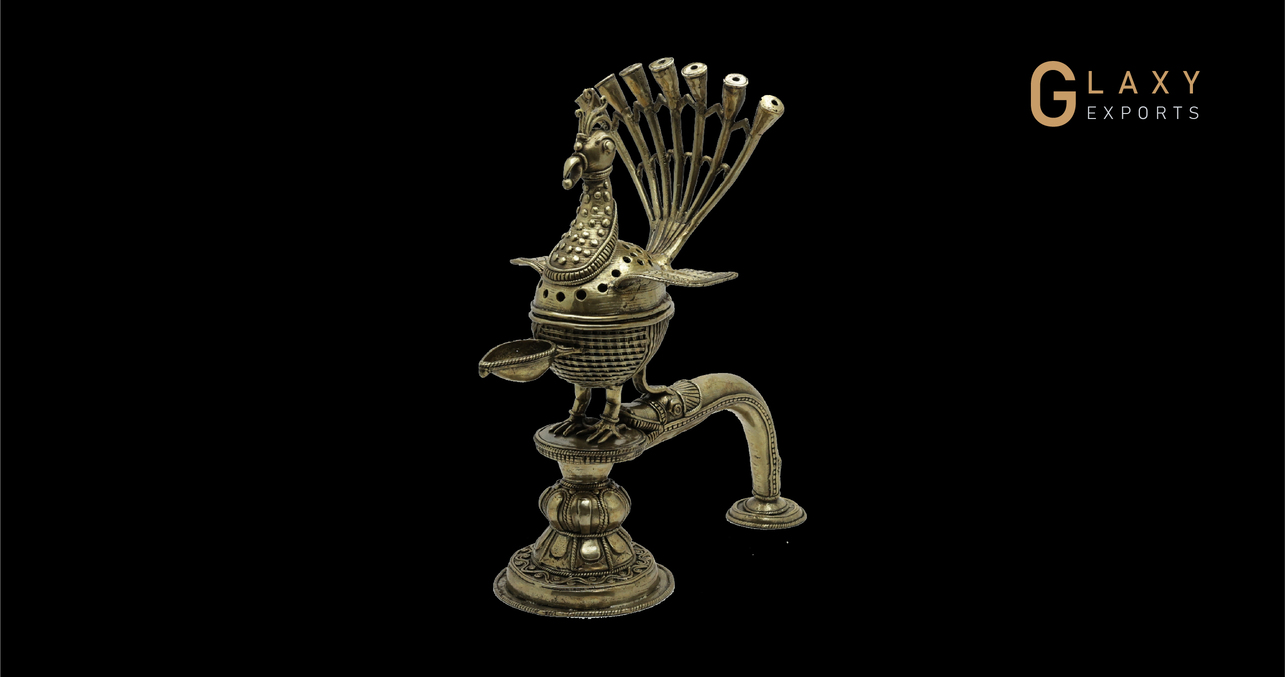
The Majestic Peacock
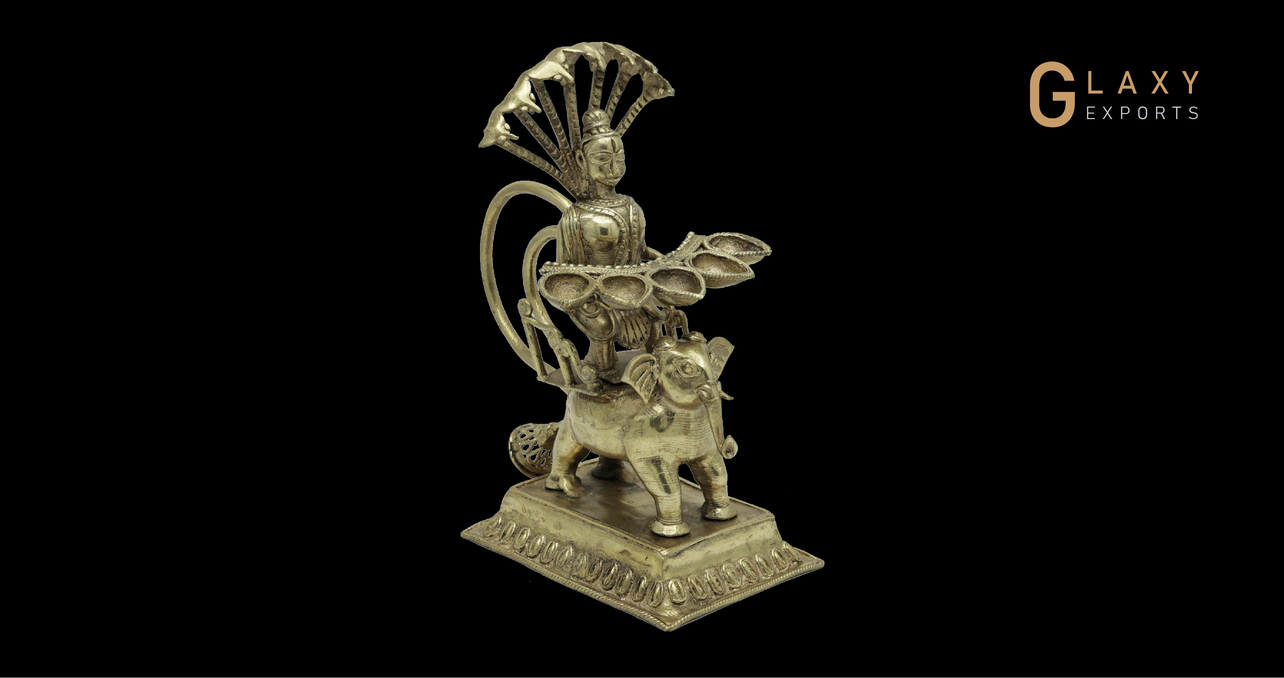
Lamps of India

Votive lamp
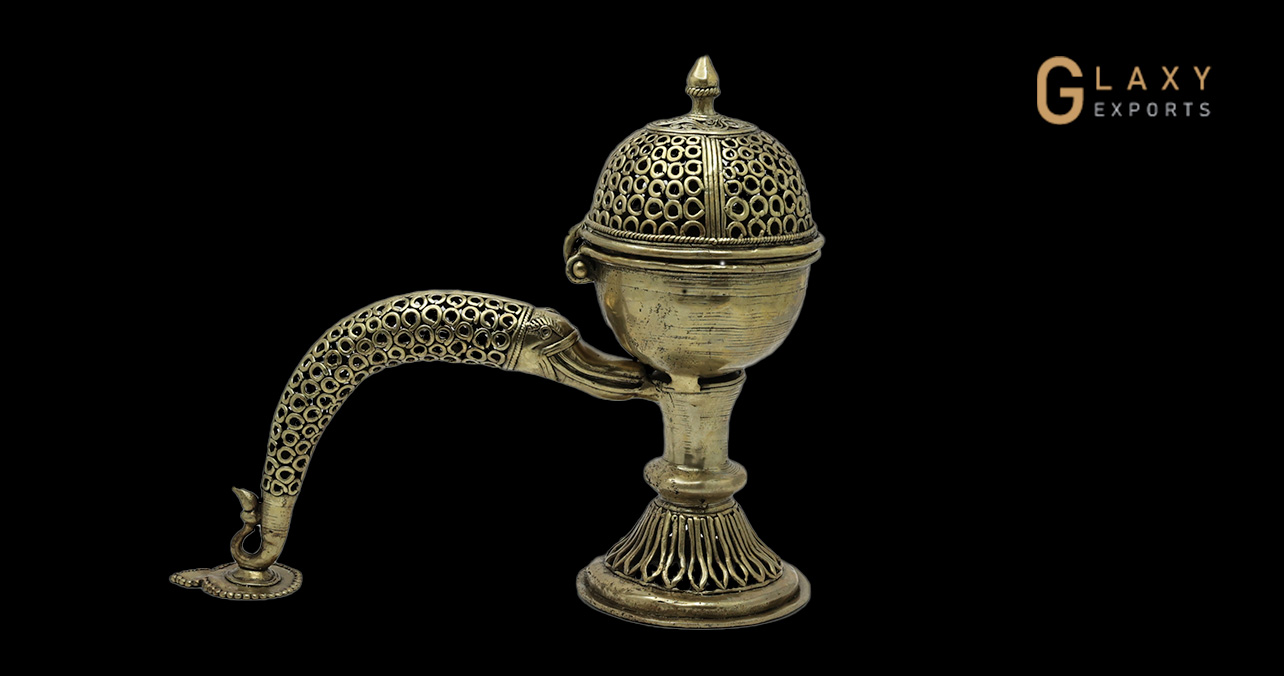
Chirag Dhuni
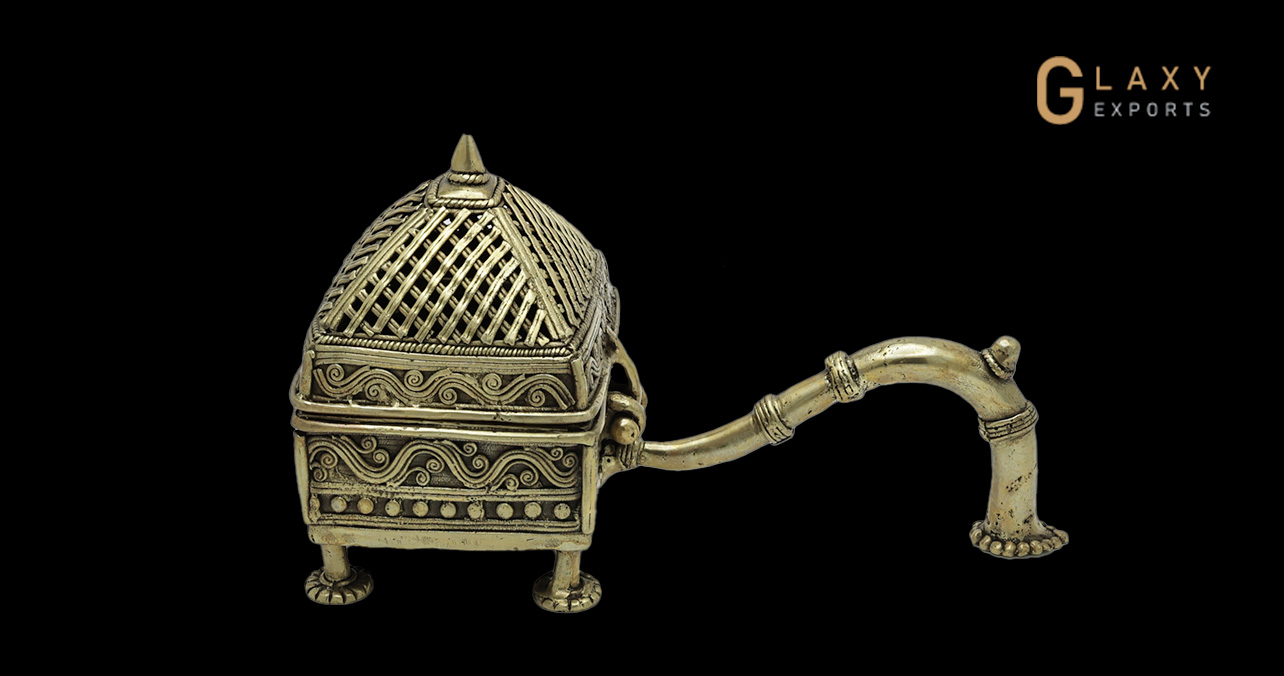
Chirag Dhuni
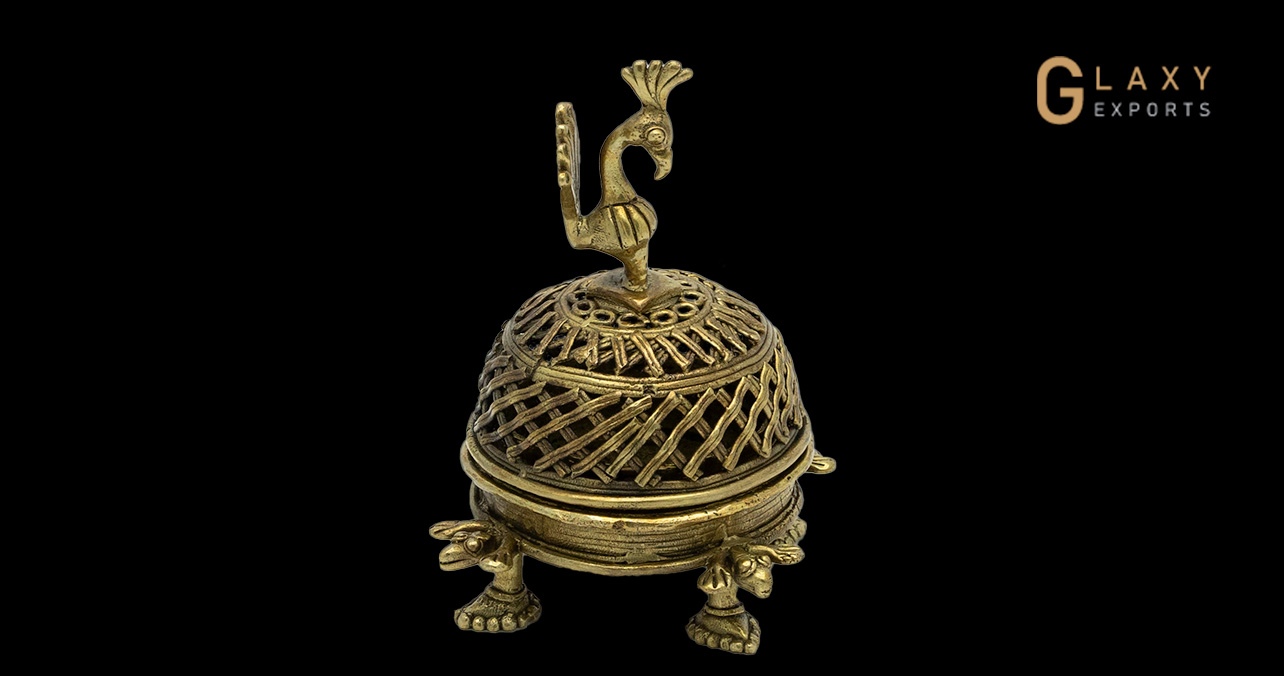
Chirag Dhuni
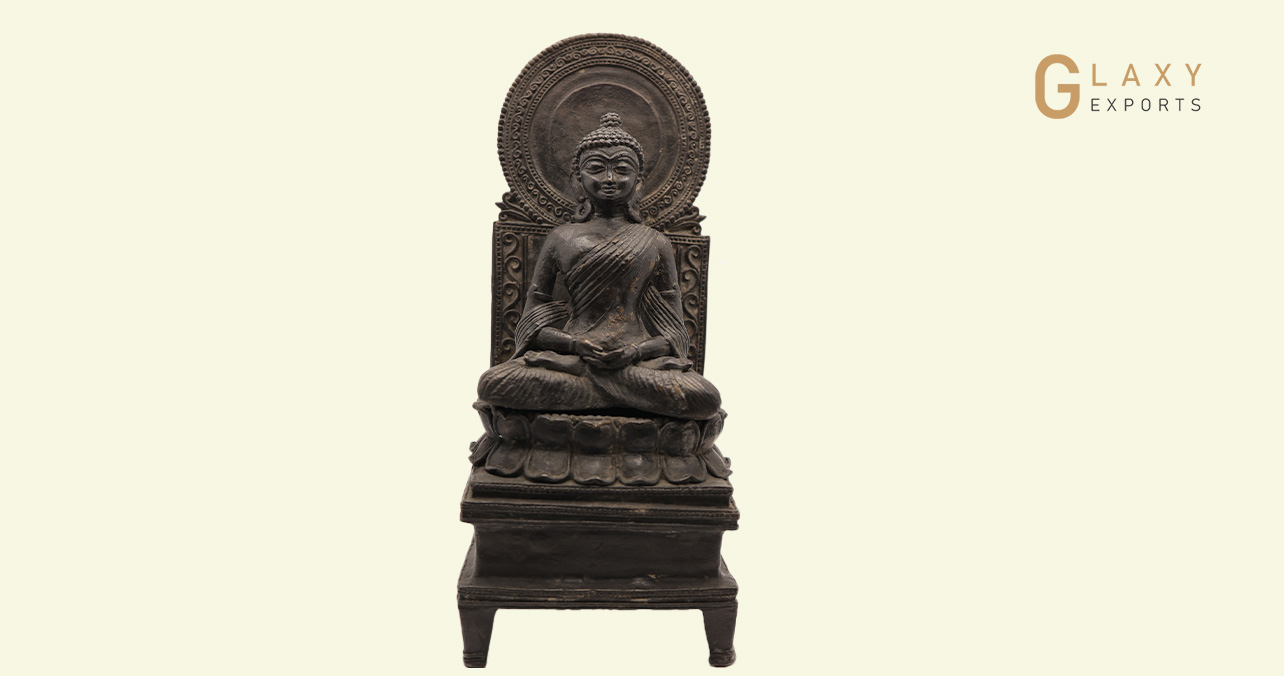
Buddha
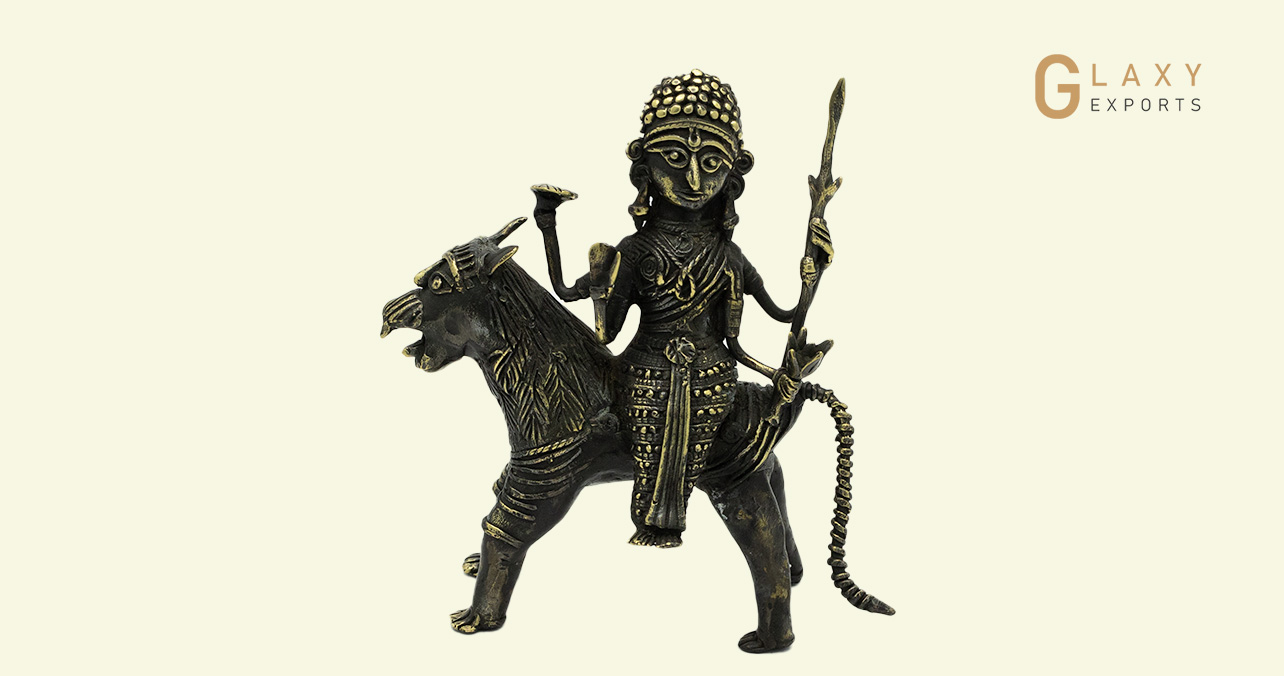
Bandevi
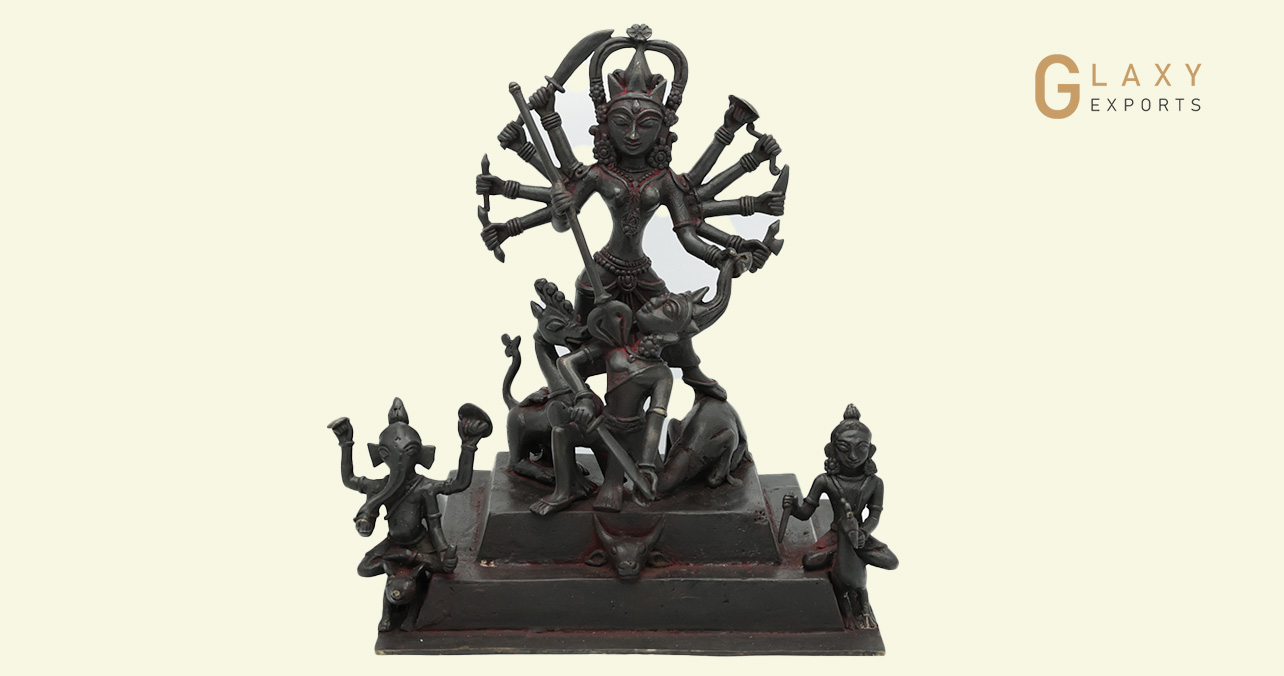
Mahisasurmardini
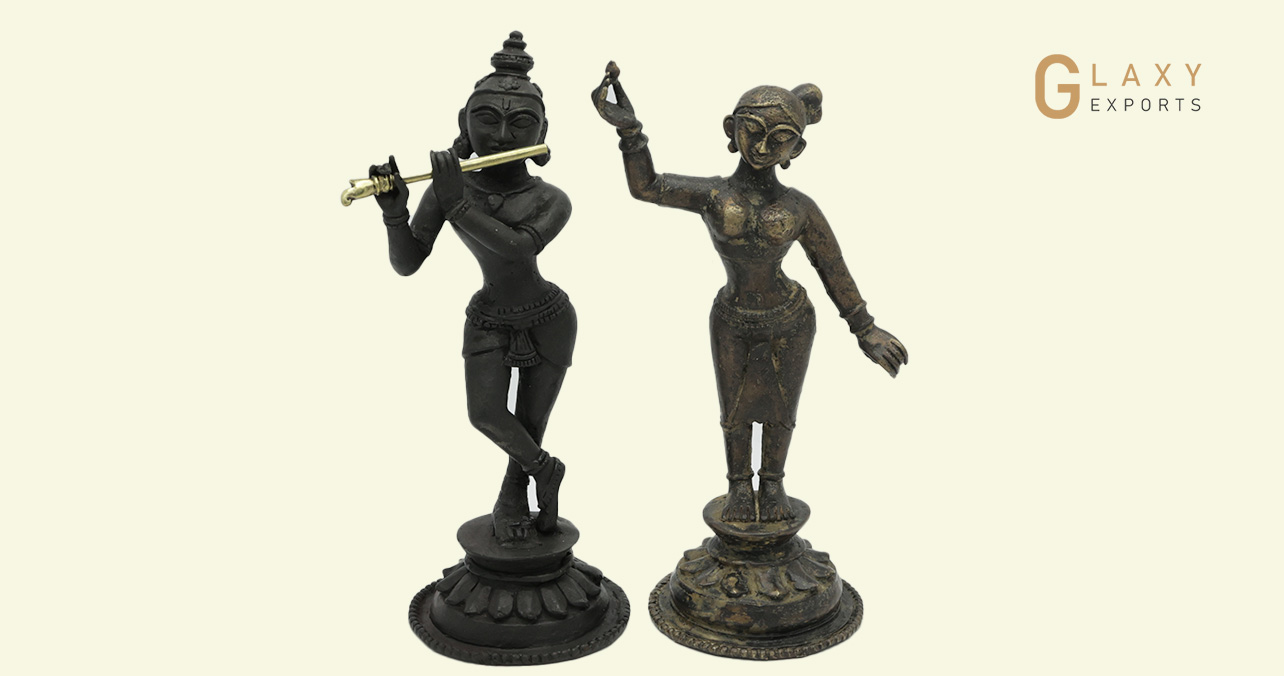
Radha Krishna
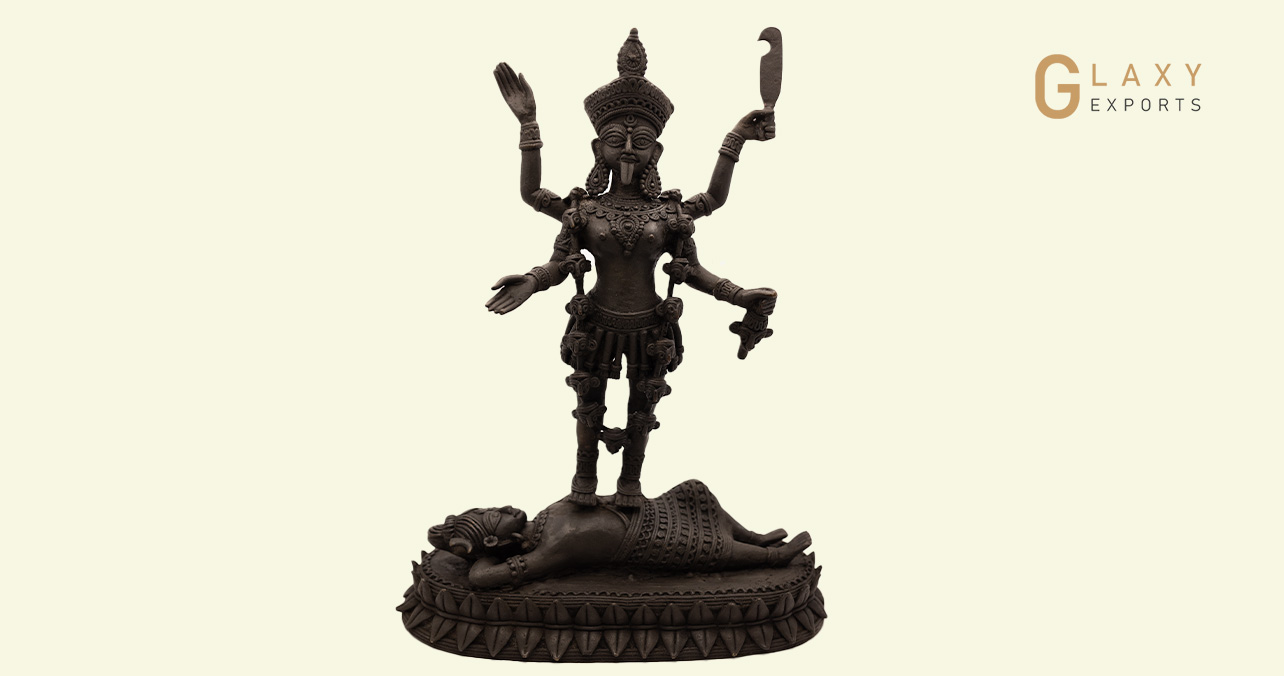
Maa Kali

Chamunda
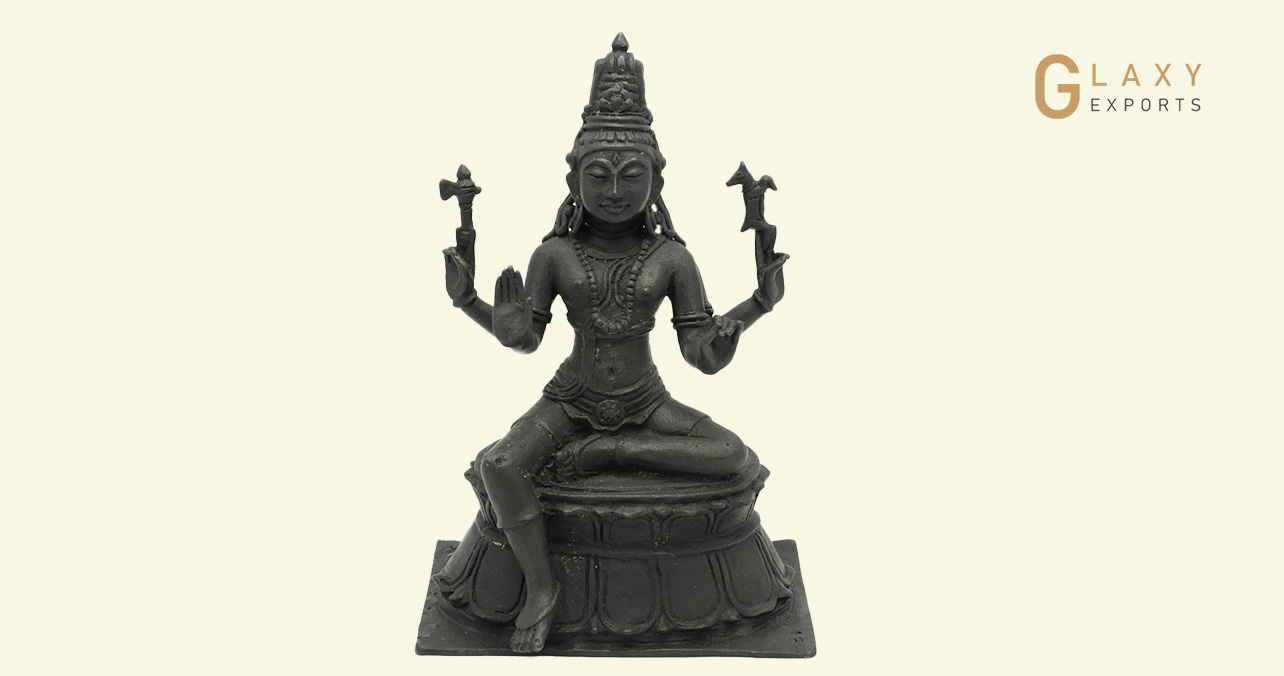
PASHUPATINATH
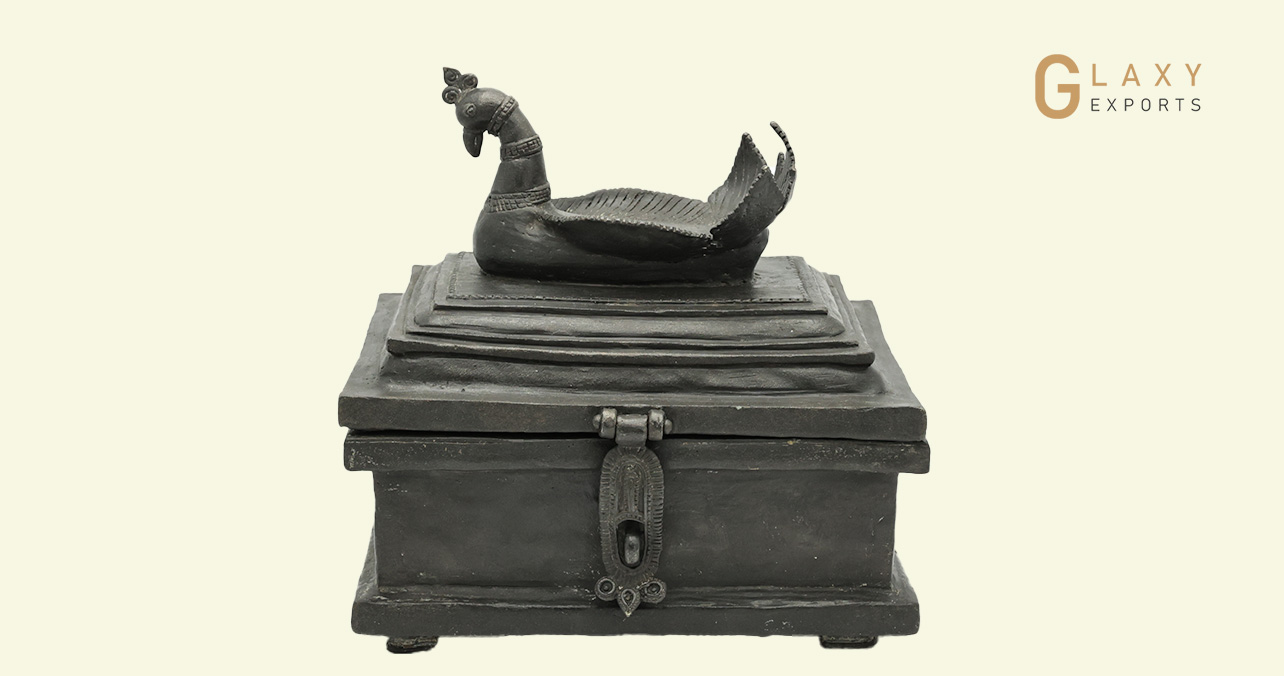
Antiquity Trinket Boxes
